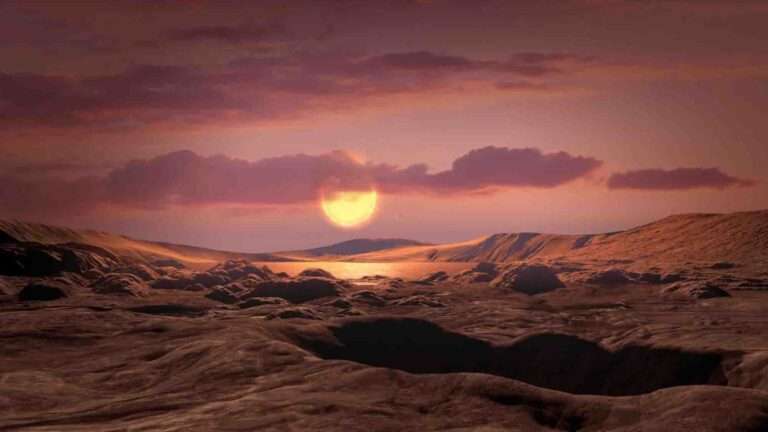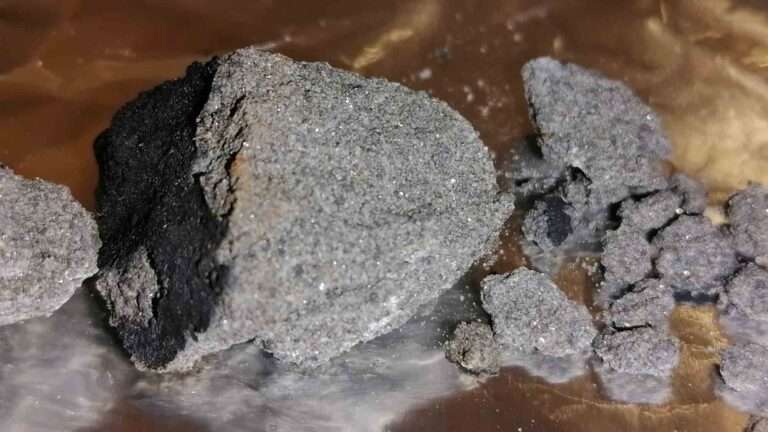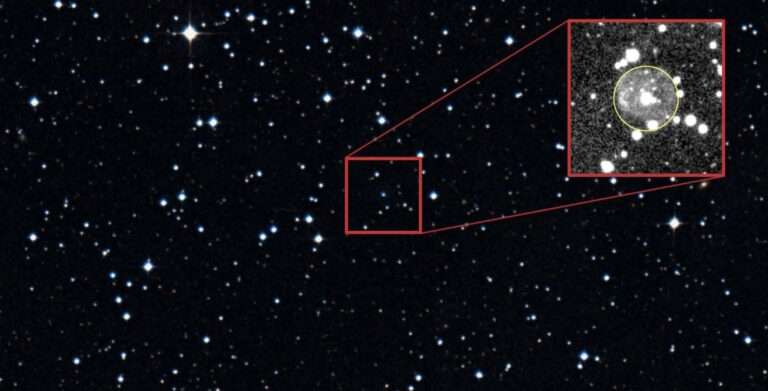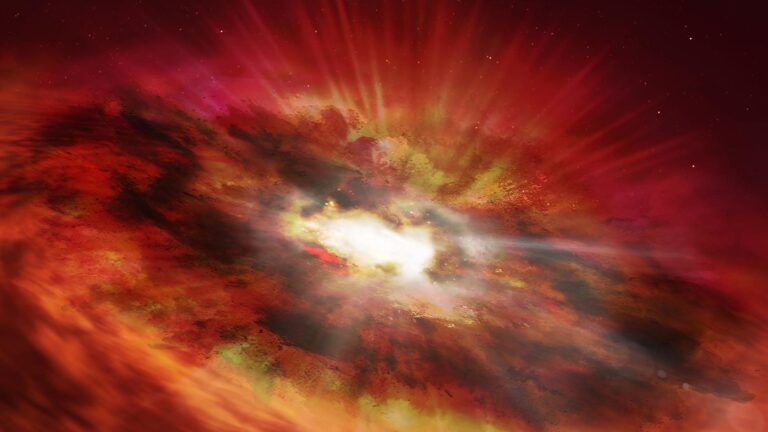
Image shows an artist's conception of a rocky Earth-mass exoplanet like Wolf 1069 b orbiting a red dwarf star, undated photo. If the planet had retained its atmosphere, chances are high that it would feature liquid water and habitable conditions over a wide area of its dayside. (NASA, Ames Research Center, Daniel Rutter/Newsflash)
Astronomers have discovered a possibly habitable exoplanet only 31 light-years away from Earth. The international team of researchers led by Diana Kossakowski from the Max Planck Institute for Astronomy (MPIA),…






